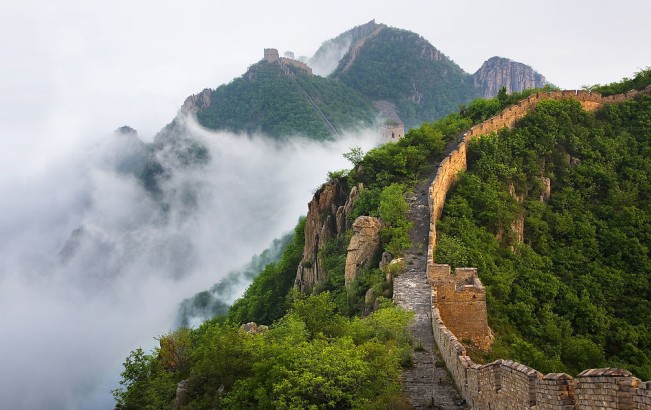The Convention and Exhibition Centre of Hong Kong is one of the two major convention and exhibition centre of Hong Kong, the other one being AsiaWorld Expo. It is located in the Wan Chai North of the Hong Kong Island. It is build along the Victoria harbor and is linked by the covered walkways to the nearby commercial buildings and hotels. This venue was designed by Skidmore, Owing and Merrill LLP in association with the Wong and Ouyang (HK) Limited.
Hong Kong Convention and Exhibition Centre has vast curtain of glass and forty thousand square meter of aluminum roof sculpted for echoing a seabird soaring in flight and is a major landmark on the skyline of Hong Kong. Also known as HKCEC worldwide, this harbor has front expansion used top-down construction techniques for meeting the challenges of limited land supply. It has highly innovative methods and therefore has won many industry accolades.
The fans of Jackie Chan might remember this building as the setting for the dramatic grand finale of New Police story and it was also the backdrop for a drama of very significance- the Handover Ceremony on 30th June in the year 1997. This is when the former Colony of British Crown was returned to the People’s Republic of China and the Region of Hong Kong Special Administrative was established.
The HKCEC is known as the world-class convention and exhibition centre internationally and it was also voted as the Best Convention and Exhibition Centre of Asian for the ninth time by the industry awards in the year 2012. The Hong Kong Convention and Exhibition Centre should not be confused with the Hong Kong Exhibition Centre which is another exhibition centre in Wan Chai North. This Convention and Exhibition Centre offers you a great view and you can enjoy this spectacular and world famous design.




















